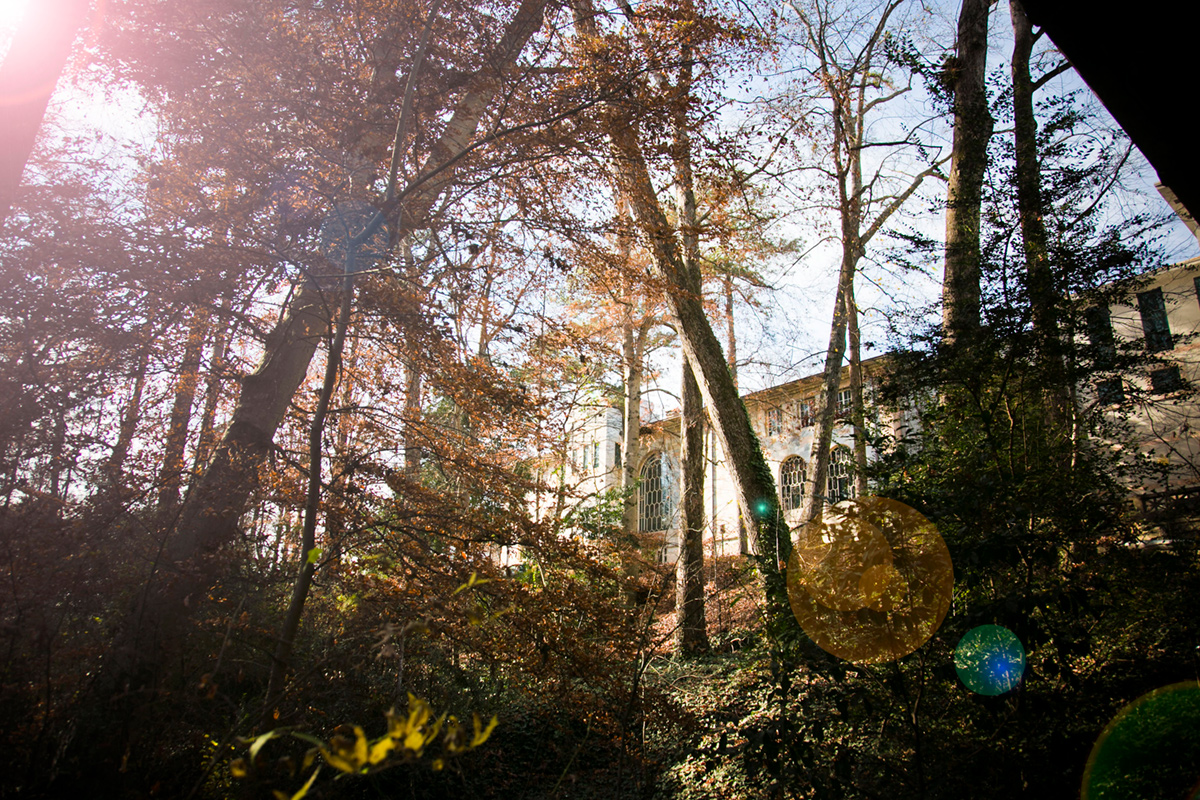Letters
I read the wonderful article summarizing Ben Johnson’s Emory life and work for our university (“Steady Hand, Wise Heart,” winter 2014). I so well remember my old ATO brother as president of the charter. He was a year behind me in school, but on another level in maturity and insight, guiding the chapter of ATO through some rocky days as it wrestled with a broader, more open, and civil understanding of what we called brotherhood. To me, a guy who would become a teacher for forty years, Ben Johnson was a peer who exuded excellence, confidence, and the demeanor that enabled his vision on behalf of the university. No surprise that he gave himself to Emory, its growth and mission with the passion and dedication that marked the time I knew him. A great fellow, and a wonderful article and tribute. I am proud to have been among his early Emory friends and ATO brothers.
[emdash]Herb Meyer 63C, Athens, Georgia
As one of Professor Ken Stein’s first doctoral students at Emory, I read with great interest “In Class: Hist 383” (winter 2014), which called attention to the iconic Arab Palestinian image of a key—“a symbol of going back” to left-behind homes in Palestine (or Israel, as the Jewish state therein was named in 1948). Notably, in the post-World War II years, tens of millions of refugees worldwide, including Jewish refugees from Arab lands who had outnumbered Arab Palestinian refugees, experienced expulsion from their homes and population transfer, a normative pattern in those years in the formation of new nation states. But only the Arab Palestinians turned their loss of a home—with many of them fleeing volitionally before Israel was established—into a foundational event in their national history opting thereby to keep what they call the Nakba (the catastrophe) as a live wound symbolized by an old key. For preferring lamentation over rehabilitation, unlike all other refugees, the Arab Palestinians are still paying a hefty price.
[emdash]Yossi Feintuch 85PhD, Columbia, Missouri
I had to laugh when I read your article (“What Your Dog Is Thinking,” winter 2014). First and foremost, my eldest daughter [Sydney Berger 17C] is a freshman at Emory; my husband is an alumnus [William J. Berger 75C]. I am also the research director for the American Pet Products Association, the leading not-for-profit trade association for all pet products in the United States and internationally. Each year we conduct a survey among a nationally representative sample of pet owners to measure behavioral patterns, buying trends, service consumption, etc., among owners of dogs, cats, birds, fish, small animals, reptiles, and horses. This survey has been conducted since 1988, and the most recent is nearly double in size since the survey was first conducted due to the inclusion of more questions. At least a decade ago, I began to recognize trends, especially among dog owners, with regard to the strong emotional attachment owners had to their dogs. At my insistence, we began to incorporate these emotional trends and, as you have discovered, dog owners (as well as other pet owners) indicated they are healthier than non-dog owners, are more active, happier, exercise with their pets, and—to the amazement of the association—would provide medical care for their dogs before themselves! I enjoyed reading the article. Thanks for validating the work that I have been doing during my career—I just did not need an MRI to do it.
[emdash]Francine Ross Berger, Roslyn, New York
I graduated from [Emory] law school in 1959. I was a Jew from Brooklyn, New York. That never made a difference at Emory. It made a difference at times in Atlanta, but not at Emory. Integrating turned Emory from a regional university to a national university. Thank you for the article (“Beyond Black & White,” winter 2014). Your publication is well done. I am an alternate public defender in Los Angeles. I am still a member of the Georgia bar.
[emdash]Josh Groshan 59C 59L, Sherman Oaks, California
I recently read your article (“Young at Heart,” autumn 2013). I am ninety-four years old and was fortunate to be selected for the national clinical trial for the procedure called TAVR. My cardiothoracic surgeon, John Puskas, submitted my name for the research study group. On February 26 [2013], Dr. Vinod Thourani and Dr. Chandanreddy Devireddy performed the operation. On February 28, Dr. Angel Leon installed a pacemaker. At this writing I feel almost like a teenager, getting around well. I can never thank the doctors and support personnel at Emory Hospital enough for their kindness and the treatment afforded me.
[emdash]John H. Melotte, Fayetteville, Georgia
An article on Ben F. Johnson III in the winter 2014 issue of Emory Magazine mentions the “tangled woodland ravine” near the southern end of the main campus. As a student in the Division of Librarianship in 1963, I loved that ravine. Would it be possible for you to include a picture of that beauty spot in a future issue of the magazine? I would thank you for doing so. It is always a joy to read your publication.
[emdash]Myra Armistead 63G, Central, South Carolina

Editor's note: At Ms. Armistead's request, a photo of lovely Baker Woodland.
Bryan Meltz
Has something in Emory Magazine raised your consciousness—or your hackles? Write to the editors:
1762 Clifton Road, Suite 1000
Atlanta, Georgia, 30322
We reserve the right to edit letters for length and clarity. The views expressed by the writers do not necessarily reflect the views of the editors or the administrators of Emory University.



